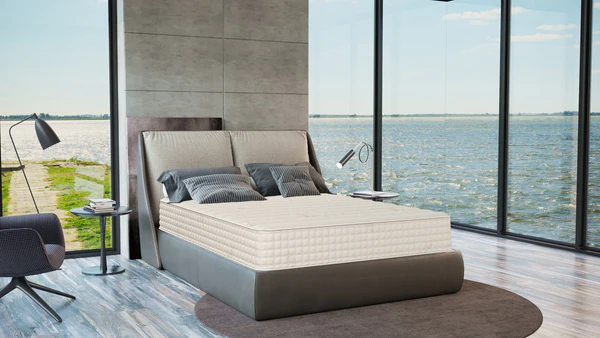Choosing the right mattress is essential for achieving quality sleep and maintaining overall health. Among the many options available, Latex Mattresses have become increasingly popular due to their comfort, durability, and natural hypoallergenic properties. Understanding the different types of latex mattresses can help you select the best option for your sleep needs.
Dunlop Latex Mattresses
Dunlop latex is one of the earliest forms of latex mattress production. It is made by pouring latex foam into a mold and then baking it, resulting in a denser layer at the bottom and a slightly softer top layer. This type of latex provides firm support, making it an excellent choice for those who need extra spinal alignment. Dunlop latex mattresses are known for their durability and longevity, often lasting over a decade with proper care.
Talalay Latex Mattresses
Talalay latex mattresses are manufactured using a more complex process that involves vacuum-sealing and freezing the latex before baking. This results in a lighter, more consistent foam that is softer and more resilient than Dunlop latex. Talalay latex mattresses are ideal for individuals seeking a plush feel without compromising support. They offer excellent pressure relief and contouring, making them suitable for side sleepers and those with joint discomfort.
Natural vs. Synthetic Latex Mattresses
Latex mattresses can also be categorized based on the source of the latex. Natural latex is derived from the sap of rubber trees and is biodegradable, hypoallergenic, and free from harmful chemicals. Synthetic latex, on the other hand, is made from petrochemicals and tends to be less durable and environmentally friendly. Many high-quality manufacturers offer mattresses that blend natural and synthetic latex to balance comfort, support, and cost. When looking for a reliable option, Latex Mattresses are often crafted from premium natural latex for a healthier and more sustainable sleep experience.
Blended Latex Mattresses
Blended latex combines natural and synthetic latex to achieve a balance between affordability, durability, and comfort. These mattresses maintain many benefits of natural latex, such as hypoallergenic properties and resilience, while offering a more budget-friendly option. Blended latex mattresses are ideal for those who want the advantages of latex without the higher price point associated with 100% natural latex.
Key Benefits Across All Types
Regardless of the type, latex mattresses offer several common benefits. They provide excellent support by contouring to the body, which helps reduce pressure points and promote proper spinal alignment. They are also naturally resistant to dust mites, mold, and bacteria, making them suitable for allergy sufferers. Additionally, latex mattresses are durable and maintain their shape and support for many years, making them a long-term investment in better sleep.
Choosing the Right Latex Mattress
Selecting the right latex mattress depends on your personal preferences and sleep needs. Side sleepers may benefit from softer Talalay latex, while back or stomach sleepers often prefer the firmer support of Dunlop latex. Consider factors such as durability, comfort, environmental impact, and budget when making your choice. High-quality Latex Mattresses provide a combination of support, comfort, and longevity that enhances overall sleep quality.
Conclusion
Understanding the different types of latex mattresses allows you to make a well-informed decision for your bedroom. Dunlop, Talalay, natural, synthetic, and blended latex options each offer unique benefits to suit various sleep preferences. By choosing a high-quality latex mattress, you invest in a healthier, more comfortable, and sustainable sleep environment that supports restorative rest night after night.








